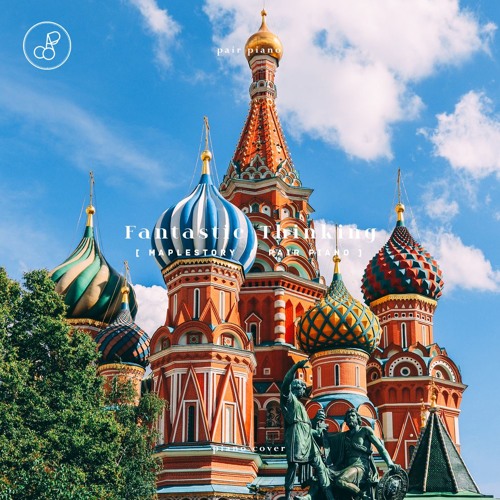

One of the novel’s central conceits, for instance, is that the narrator, Saleem, has a kind of telepathic power, whereby he can communicate with the thousand other children born in that same midnight hour of India’s independence. Real or magic?Īt times the magic in Midnight’s Children would seem to have sprung purely from the wilds of Rushdie’s own imagination. I’d judge that as impossible, though I know at least one person who claims to have seen someone levitate during meditation, just as I know more than one person who vouches for the accuracy of their visits with psychic mediums. Other enchantments in Rushdie’s novel play on cultural myths, such as the Hindu seer who shares prophesies while floating six inches off the ground.


These are all things that, I think, we can say are more than improbable, they are scientifically impossible-though we can readily suspend our disbelief for the sake of good storytelling. It is heralded as a work of “magic realism,” a style of writing where supernatural phenomena occur in an otherwise realistic mode of storytelling, or as Saleem describes his tale, “a commingling of the improbable and the mundane.” (4)īut what counts as improbable? What constitutes “magic?” How do our reading brains distinguish between the real and the not-so-real? And how is the distinction made in the mind of the writer?Ī few examples of magic found in Midnight’s Children are: a mother who can see her daughter’s dreams, a basket of invisibility in which the narrator hides for a long time, and a man who can give people erections by humming. The novel, which won the Booker Prize and then later the “ Best of the Booker,” has become a classic of 20th century literature. He is, he tells us, “mysteriously handcuffed to history” (3) and his life’s turns are eerily linked to those of his newborn nation. Saleem Sinai, the narrator of Salman Rushdie’s 1981 novel, Midnight’s Children, is born at exactly midnight on the 15th of August, 1947, the precise moment of India’s independence.


 0 kommentar(er)
0 kommentar(er)
